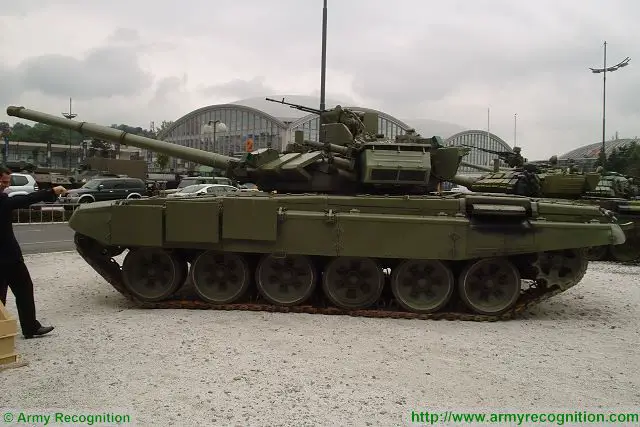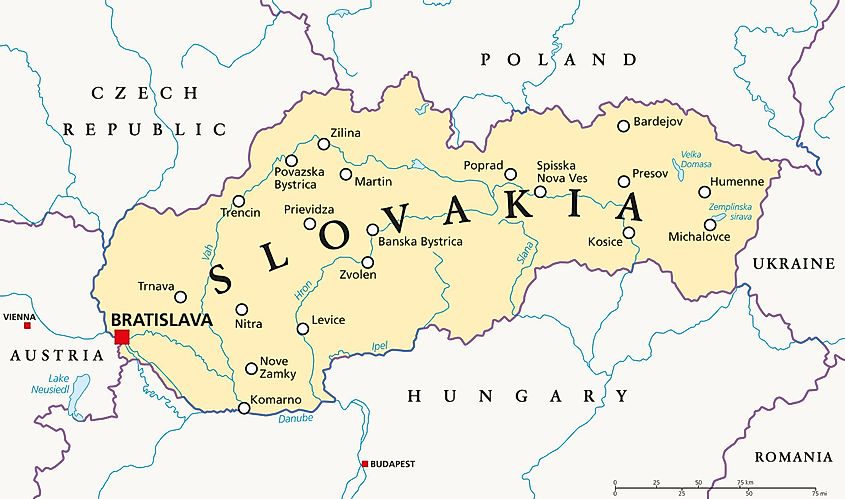

The same kinds of issues affect the production and repair of Russian armored vehicles. The current Western embargo, thus, makes the prospects for this domestic production highly uncertain. However, for more than a decade, tank engine manufacturing in Russia has been heavily dependent on imported industrial equipment ( VPK-News, July 16, 2013). This means that most of the Russian tanks deployed in Ukraine today will need replacement engines by the end of 2022. The envisioned operational life of the V-84 and V-92 diesel engines used in T-72 tanks and the GTD-1000/GTD-1250 gas turbine engines used in T-80s is usually no more than 1,000 hours before they need a full overhaul. However, there is another, often underappreciated problem: tank engines. Consequently, even a conservative estimate of Russian main battle tank losses implies that Moscow will need at least four years to replace all of them. And plans to upgrade T-90A tanks (built mostly in the first two decades after the breakup of the Soviet Union) to the T-90M version were delayed ( Vedomosti, February 13, 2020). Annual production of the relatively advanced T-90M tanks was insignificant during this period-about ten units. In turn, 45–50 upgraded T-80BVM tanks were added every year between 20 ( Rostec, August 3, 2021).

No more than 160–170 improved T-72B3/B3M tanks entered service annually during 2011–2020 whereas in 2021, the military procured only 34 of these modernized versions of the T-72 ( TASS, January 20, 2022). Prior to February 24, the total number of modernized and newly manufactured tanks and armored vehicles stood at 650 ( Mil.ru, 2017). Related: How Western sanctions cripple Russia’s war machine: no modern tanks, navigation systems or drones All these difficulties will take several years to solve, even under favorable economic circumstances. Indeed, the Russian reliance on mass artillery shelling raises questions about the amount of ammunition Russia still has in storage or that will need to be replaced. Another issue Russia faces in Ukraine is a looming deficit in artillery munitions, which will become almost inevitable by the end of 2022. This data also does not count damaged but survived weapons systems that Russian troops were able to haul back to their bases those systems will need a full overhaul before returning to the battlefield. Source: The Jamestown Foundation Publication: Eurasia Daily MonitorĪfter more than four months of Russia’s aggression against Ukraine, open-source data confirms that the Russian Armed Forces lost, at a minimum, over 830 tanks and 1,650 different types of armored vehicles (destroyed, damaged, abandoned or captured) as well as dozens of combat aircraft and helicopters and many other pieces of military equipment (, accessed July 6).


 0 kommentar(er)
0 kommentar(er)
